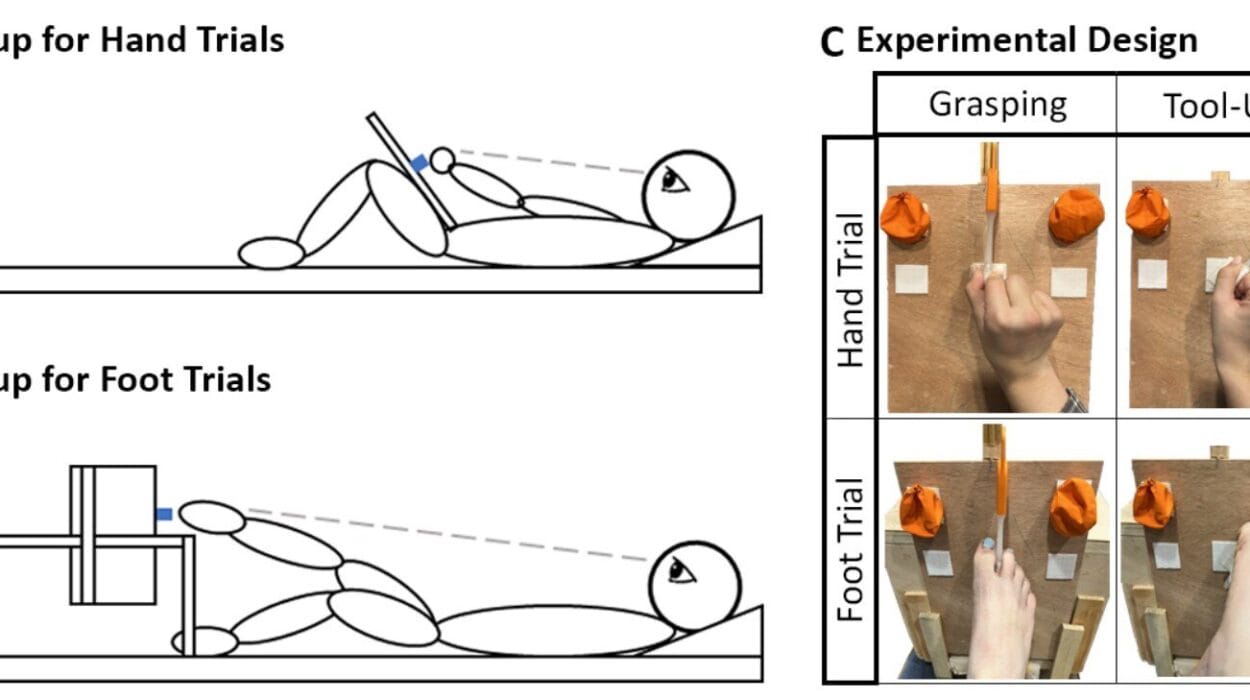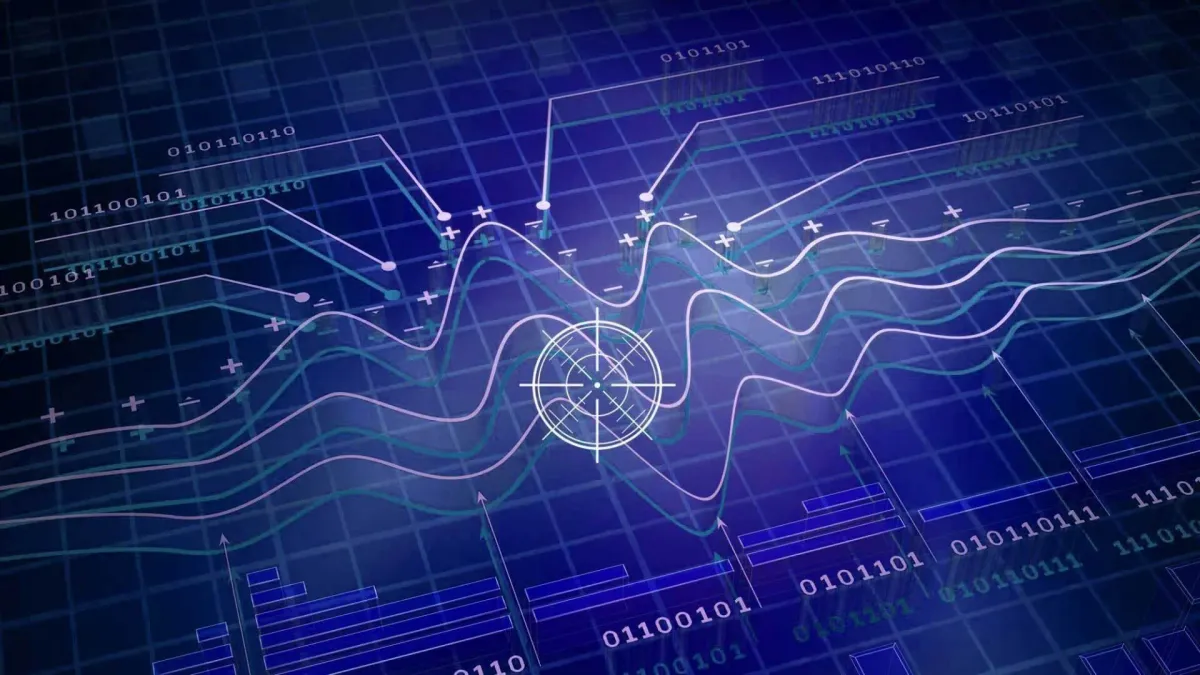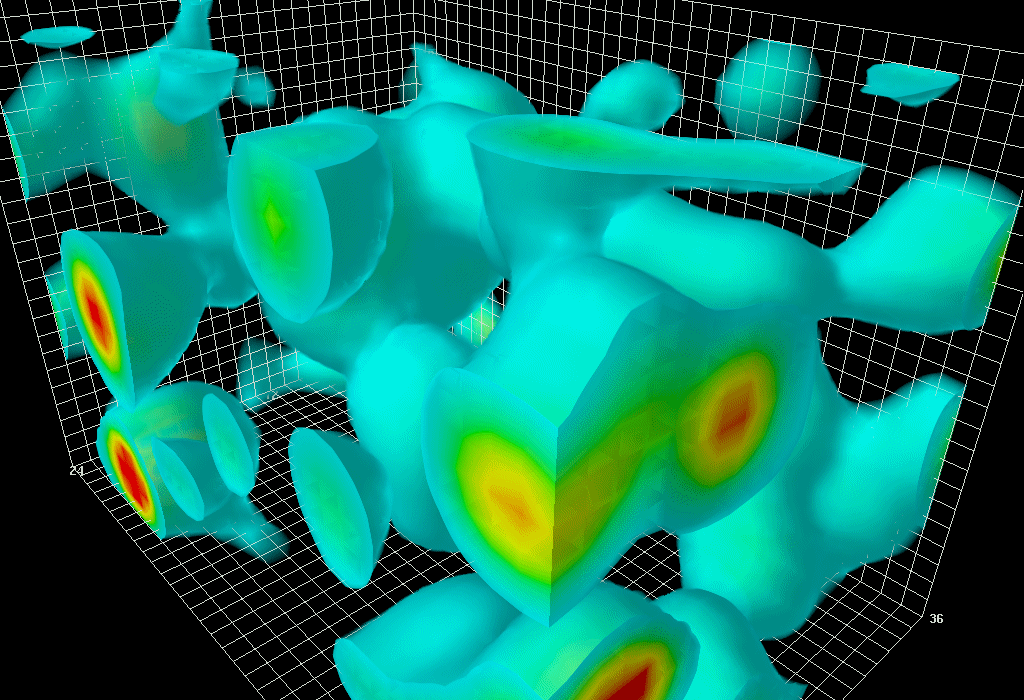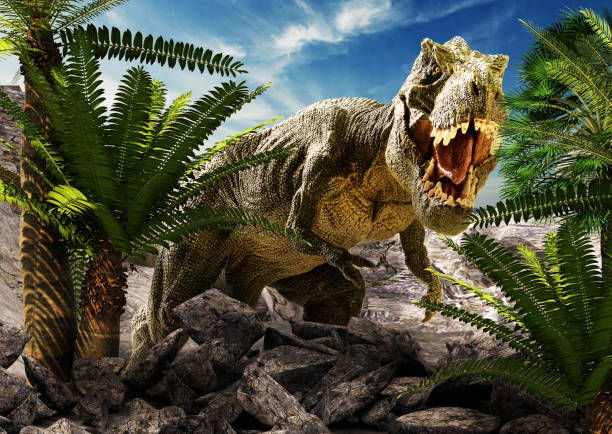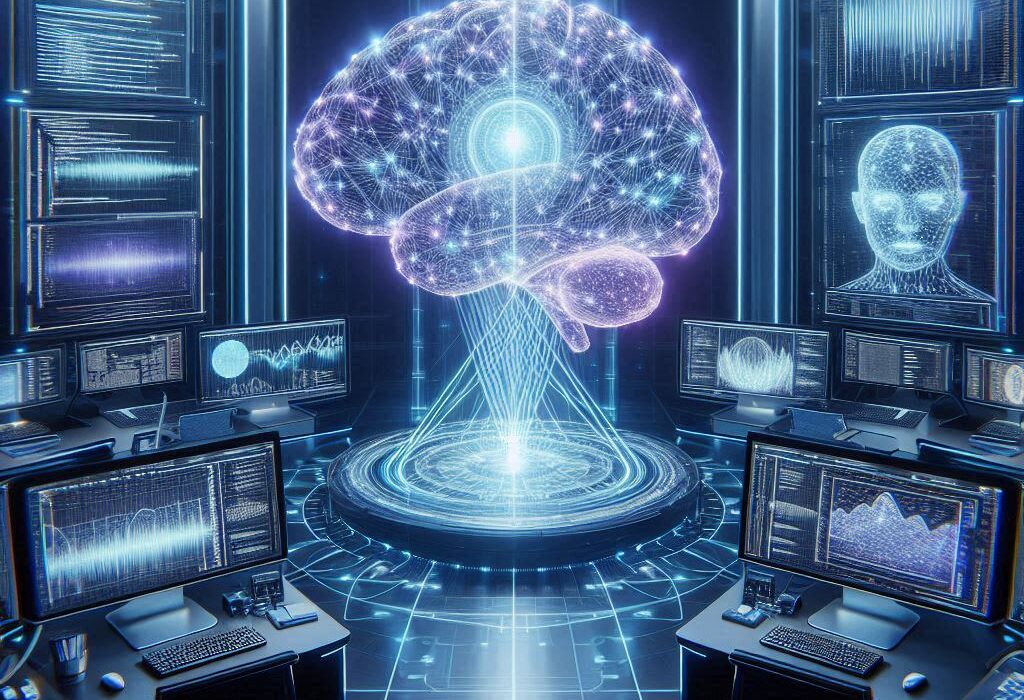Time moves. We all feel it. Seconds slip into minutes, minutes into hours, and hours into the vast ocean of days already gone. The past lies behind us, unchangeable, while the future waits ahead, uncertain and unwritten. But why does time move in only one direction? Why can we remember yesterday but not tomorrow? Why does the mirror of reality show us a world where a broken glass never leaps back together, where ashes do not reassemble into wood and flame, where we grow older but never younger?
This strange, stubborn fact of existence is called the arrow of time. Unlike the dimensions of space, which can be traversed forward and backward without preference, time seems biased. It flows in one direction, carrying all of us along. For centuries, philosophers, physicists, and poets alike have wrestled with this mystery. At its heart lies one of the deepest questions we can ask: why is the past different from the future?
The arrow of time is not just a curiosity. It touches everything—from the formation of stars and galaxies to the beating of our hearts, from the growth of empires to the fleeting moments of joy and sorrow in a single human life. To understand it is to glimpse the hidden structure of reality itself.
The Symmetry of Physical Laws
The first puzzle we face is this: the fundamental laws of physics, as written in equations, are largely time-symmetric. Newton’s laws of motion, Maxwell’s equations of electromagnetism, and even the quantum equations of Schrödinger all allow us to reverse the direction of time in the mathematics without contradiction.
If we watch two billiard balls collide, the movie looks realistic whether we play it forward or backward. In either direction, the equations hold true. On the microscopic level, the dance of atoms and particles does not seem to prefer past or future.
And yet, the world we inhabit clearly does. Nobody has ever seen smoke reassemble into a cigarette, or a shattered vase leap together from the floor. In the grand theater of existence, time is not symmetric. Something in the fabric of reality tips the balance, enforcing a relentless march from past to future. Where does this preference arise?
Entropy and the Second Law of Thermodynamics
The key lies in a law so universal that it governs every physical process: the Second Law of Thermodynamics. This law states that in any closed system, the measure of disorder—called entropy—tends to increase over time.
Entropy is not simply chaos, but rather the number of ways a system can be arranged. A deck of cards stacked neatly in order has low entropy. Shuffle it randomly, and the entropy soars, because there are vastly more disordered arrangements than ordered ones. Similarly, an unbroken egg has low entropy, while its shattered state has astronomically higher entropy.
This tendency toward higher entropy gives us the arrow of time. It explains why heat flows from hot objects to cold ones, why perfume spreads through a room but never spontaneously recollects in its bottle, why we age but never grow younger. The past is the low-entropy state from which the present evolved, while the future is the higher-entropy landscape toward which we inevitably move.
In this sense, time’s arrow is not written in the microscopic equations themselves but emerges statistically. It is born from probability: there are infinitely more disordered states than ordered ones. Thus, the universe drifts forward toward disorder, like a river flowing toward the sea.
The Birth of Time’s Arrow in the Early Universe
If entropy is always increasing, we must ask: why was it so low in the past? Why did the universe begin in such an improbably ordered state?
This is perhaps the deepest mystery of all. At the Big Bang, 13.8 billion years ago, the universe exploded into existence in a state of astonishing smoothness. Matter and energy were spread out evenly, with almost no irregularities. This uniformity was extraordinarily improbable. Out of all possible arrangements the universe could have taken, it began in one of the most ordered.
This low-entropy beginning gave rise to the arrow of time. As the cosmos expanded, gravity sculpted matter into stars, galaxies, and planets, increasing entropy while building the structures that would one day give birth to life and consciousness. Without that improbable starting point, there would be no time’s arrow, no future different from the past, and no beings like us to wonder at the flow of time.
Why the universe began this way is still unknown. Some theories suggest deeper cosmological laws or even multiple universes with varying conditions. Others propose that our universe is one part of a greater cycle. But for now, the low-entropy birth of the cosmos remains the ultimate enigma behind time’s direction.
Memory and the Human Experience of Time
The arrow of time is not just a cosmic principle; it is woven into the fabric of our minds. We remember the past but not the future. Our memories are records of events where entropy increased—footprints in the sand, ink on a page, neural patterns in our brains.
Each act of remembering is itself an increase of entropy. Writing down a diary entry, taking a photograph, or forming a memory in neurons—all involve irreversible physical processes. The very existence of memory depends on time’s arrow.
This asymmetry shapes our lives. We plan for the future, but we cannot change the past. We carry regrets and hopes, nostalgia and anticipation, all because the arrow of time makes yesterday fixed and tomorrow open. Our stories, our identities, even our mortality are built upon this one-way flow.
In this sense, the arrow of time is not just physical but existential. It is the stage on which the drama of human life unfolds. Without it, we would be trapped in a static block of moments, with no sense of becoming, no growth, no meaning.
Irreversibility in Daily Life
We encounter the arrow of time in countless ways every day. A cup of coffee cools on the table, never spontaneously reheating. Traffic moves from smooth flow to congested chaos. Our bodies grow older, cells accumulating damage that cannot be undone.
In each case, the underlying physical laws allow both forward and backward evolution, but the improbability of reversing entropy makes the backward path effectively impossible. Theoretically, the molecules of steam from a kettle could all drift back into the pot, but the odds are so astronomically small that it would never happen in the lifetime of the universe.
This irreversibility is why time feels real. It is not just a dimension in which we move; it is the unfolding of possibilities constrained by entropy. It is the reason we live in a world of change, where every moment is new and unrepeatable.
Time Reversal and Quantum Mysteries
Yet the story is not so simple. In the quantum world, where particles behave in strange, probabilistic ways, the arrow of time becomes less clear. The equations of quantum mechanics are reversible, but when we observe a quantum system, the act of measurement appears to “collapse” possibilities into a single outcome.
This collapse introduces an element of irreversibility. Some physicists argue that the arrow of time emerges from the act of observation itself, linking entropy with consciousness. Others propose that what we call collapse is an illusion, and that all outcomes occur in parallel universes. In such interpretations, the arrow of time is still statistical, a feature of probability rather than absolute law.
These mysteries remind us that time is not yet fully understood. At the deepest level, the arrow of time may connect the microscopic, the cosmic, and the conscious in ways we have only begun to glimpse.
Arrows Within Arrows
Physicists often speak of multiple arrows of time. The thermodynamic arrow points in the direction of increasing entropy. The cosmological arrow points outward with the expansion of the universe. The psychological arrow points from memory of the past to anticipation of the future.
Remarkably, all these arrows align. The universe expands as entropy grows, and we remember the lower-entropy past while moving toward the higher-entropy future. This alignment suggests a deep unity: time’s arrow may be a single phenomenon expressed in different domains.
Yet we cannot be certain this alignment is eternal. If the universe one day contracts instead of expands, what would happen to time’s arrow? Would entropy decrease, and would our experience of time reverse? The possibilities stretch imagination to its limits.
Time’s Arrow and Human Meaning
The arrow of time is not merely a scientific curiosity; it is a mirror in which we see our own impermanence. We are creatures of time, born into a flow we cannot stop. Our joys are fleeting, our lives bounded, our moments precious because they cannot be repeated.
And yet, this transience gives meaning. A world without time’s arrow would be a frozen block where nothing truly happens. It is precisely because the past is not the future that love, loss, growth, and discovery are possible. Entropy’s increase, though it leads to decay and death, also allows creation, memory, and life itself.
Einstein once remarked that “the distinction between past, present, and future is only a stubbornly persistent illusion.” In the equations, perhaps. But for us, living beings who feel the warmth of sunlight fade into evening, the arrow of time is the pulse of existence.
The Unfinished Mystery
Science has illuminated much about the arrow of time, but questions remain. Why was the early universe so improbably ordered? How exactly does the irreversible flow of entropy emerge from reversible laws? What role, if any, does consciousness play in time’s unfolding?
Perhaps the full truth lies beyond our grasp. Perhaps time’s arrow is as fundamental as space itself, or perhaps it is a shadow cast by deeper laws yet unknown. Either way, to study it is to confront the essence of reality—and the essence of ourselves.
The River That Carries Us
We are passengers on time’s current, unable to swim backward, unable to step out of the flow. Each moment dissolves into memory as the future rises to take its place. The arrow of time carries stars to their deaths and galaxies to dispersal, just as it carries us from cradle to grave.
Yet within this flow, we find beauty. We write poems, paint landscapes, fall in love, raise children, and dream of worlds beyond our own. The arrow of time may define our mortality, but it also defines our humanity.
The past is not the future because the universe itself is a story, and every story needs direction. Time’s arrow is the pen that writes it, one irreversible line at a time. And as long as it flows, the mystery will remain—not just why the past is not the future, but what future awaits us as we journey along the one-way river of time.

